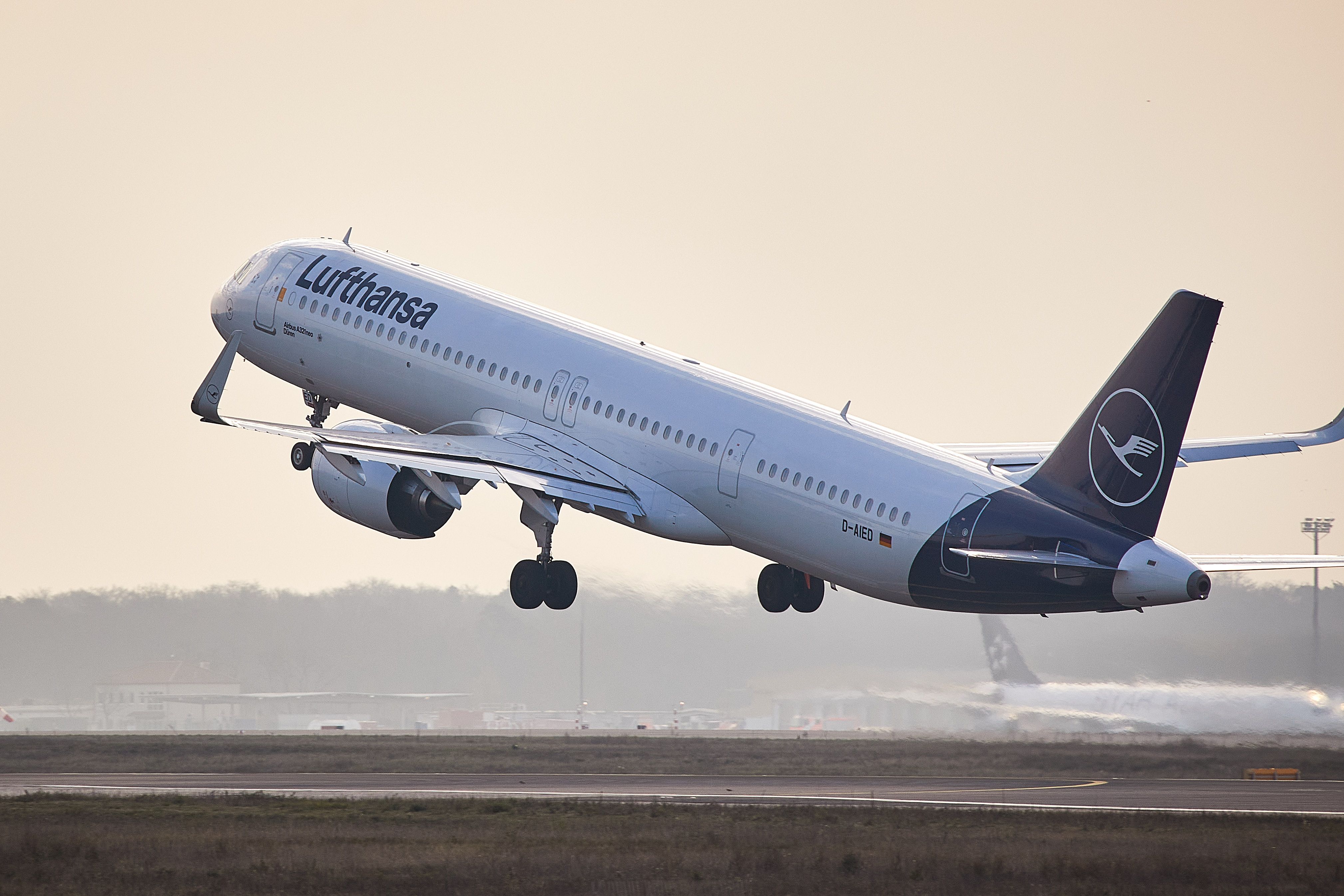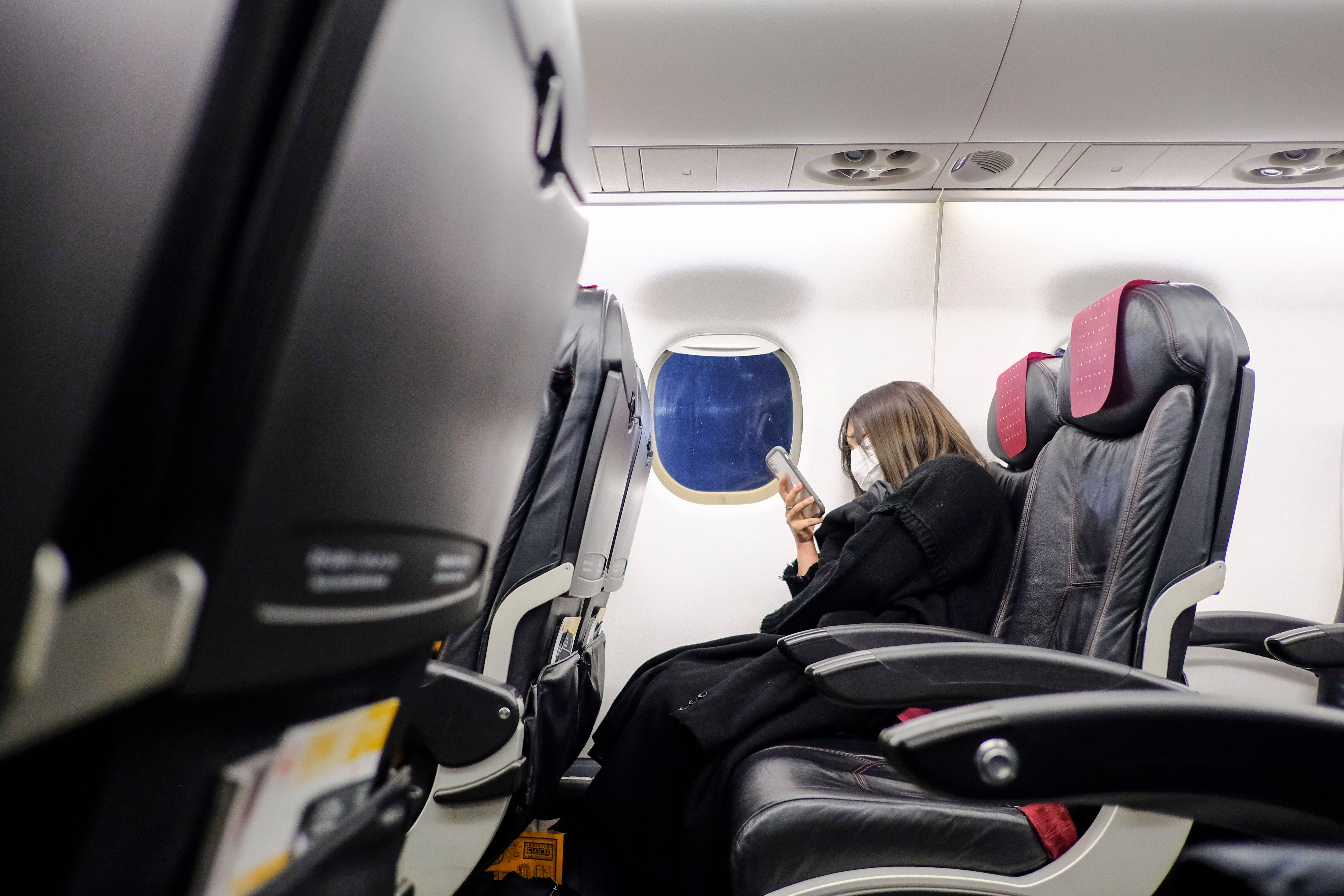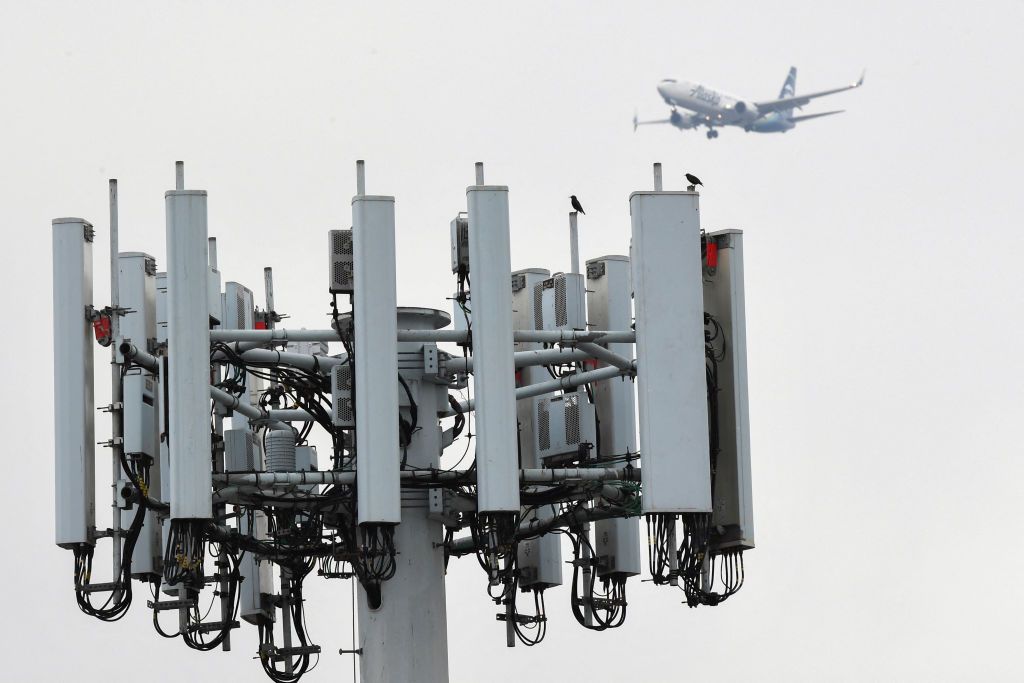Could the days of airplane mode be nearing an end in the European Union? In its latest digital strategy update, the EU commission has unveiled plans for airlines to implement 5G technologies onboard for passengers.
Goodbye WiFi
The plan will see EU travelers able to use 4G and 5G on their mobile phones during lower-altitude flights, sidestepping traditional expensive, in-flight WiFi services which have been in use since 2008. For higher altitudes, the mobile signal will be boosted by ‘pico-cells’ which connect and reroute calls, texts, and data between the aircraft and the ground, creating a small in-flight network.
“5G will enable innovative services for people and growth opportunities for European companies. The sky is no longer a limit when it comes to possibilities offered by super-fast, high-capacity connectivity,” explained Thierry Breton, Commissioner for the Internal Market.
Get all the latest aviation news right here on Simple Flying!
While no aviation accidents are confirmed to have been caused by mobile phones, airlines were previously required to turn mobile phones off to prevent any potential interference with aircraft communications and navigational equipment. The switch to using pico-cells will see cockpit communications remain at 4.2-4.4 GHz while the mobile phone networks will be connected to 5 GHz and above, preventing overlap and ensuring in-flight safety.
A timeline for the switch has yet to be established, though the 5GHz frequency band will be available for road vehicles in the EU before June 30, 2023.
Controversial installations
The decision has been met with significantly less controversy than the United States 5G strategy; the rollout of 5G services in airports has seen an array of delays and criticism from airlines, the Federal Aviation Administration (FAA), and the Federal Communications Commission (FCC).
In January, the United States delayed the launch of 5G technology near airports after airlines warned of potential disruption triggered by the use of C-band frequencies will affect navigation systems, preventing aircraft without up-to-date altimeters from performing low-visibility landings. 5G networks in the United States use 3.7 and 3.98 GHz radio frequencies, close to those used in-flight.
Earlier this month, a coalition of domestic and international aircraft carriers, unions, and manufacturers backed the FAA’s request to extend the rollout of updated radio altimeters to the end of 2023, allowing more time to make the required changes.
Under current requirements, Group 1 and 2 aircraft are required to install new radio altimeters by the end of the year, while Group 3 aircraft have until July 2023. However, if a delay is not granted, aircraft without retrofitted altimeters could be banned from US airspace as early as February 2024.
In a letter to the National Telecommunications and Information Administration and FCC, the coalition cited the unrealistic requirement which would ground a vast majority of commercial aircraft while undergoing retrofitting, an already time-consuming process for airlines with large fleets.
The coalition additionally highlighted over 100 incidents of potential in-flight interference by 5G documented by the FAA, resulting in safety alerts such as Terrain Avoidance Warning Systems set off, though no specifics have been detailed.
A decision is not expected until next year.
What are your thoughts on the EU rolling out in-flight 5G? Let us know in the comments.
Source: The Telegraph



